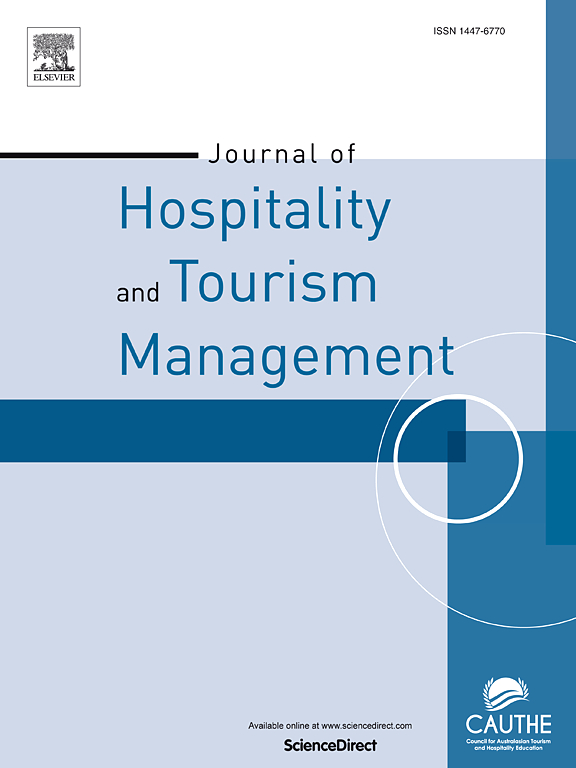How waiting decisions are made: A comparison of restaurant waiting equity and behavioral intentions in physical and virtual queues
IF 7.6
1区 管理学
Q1 HOSPITALITY, LEISURE, SPORT & TOURISM
引用次数: 0
Abstract
This study explores and validates the psychological mechanisms that drive customers' restaurant waiting intentions and associated consumption intentions. The study then investigates how different queuing settings (physical vs. virtual) influence this psychological process. The findings suggest that when faced with a wait, customers develop a perception of waiting equity, shaped by a cost-benefit analysis. Higher perceived waiting equity increases both the intention to wait and the likelihood of ordering more. Furthermore, the study reveals that virtual queuing is associated with lower perceived waiting costs than physical queuing, leading to higher perceived waiting equity. However, customers in virtual queues exhibit a lower intention to order additional items compared to those in physical queues. This suggests a compensatory effect, where the extra effort involved in physical queuing motivates customers to order more menu items to justify their prior investment in the wait.
求助全文
约1分钟内获得全文
求助全文
来源期刊
CiteScore
13.30
自引率
8.40%
发文量
177
审稿时长
45 days
期刊介绍:
Journal Name: Journal of Hospitality and Tourism Management
Affiliation: Official journal of CAUTHE (Council for Australasian Tourism and Hospitality Education Inc.)
Scope:
Broad range of topics including:
Tourism and travel management
Leisure and recreation studies
Emerging field of event management
Content:
Contains both theoretical and applied research papers
Encourages submission of results of collaborative research between academia and industry.

 求助内容:
求助内容: 应助结果提醒方式:
应助结果提醒方式:


